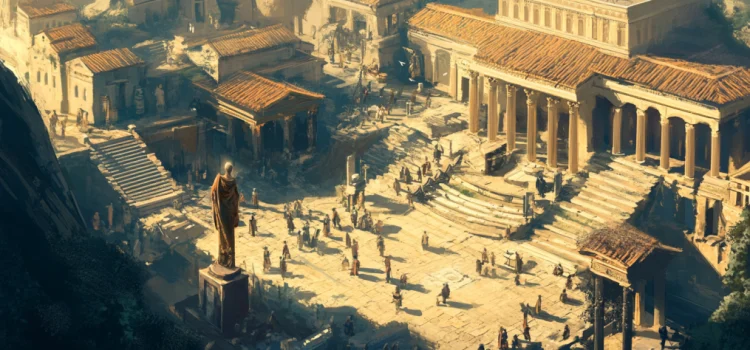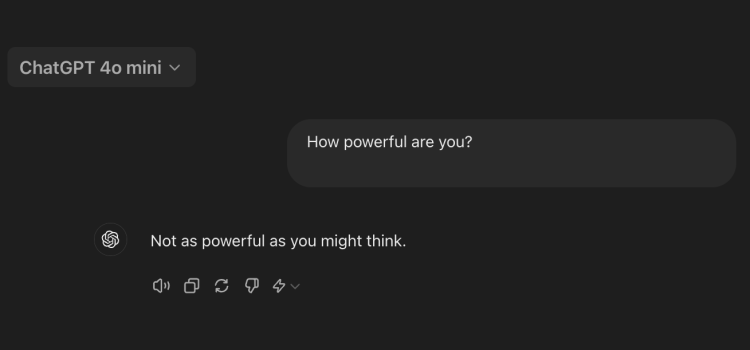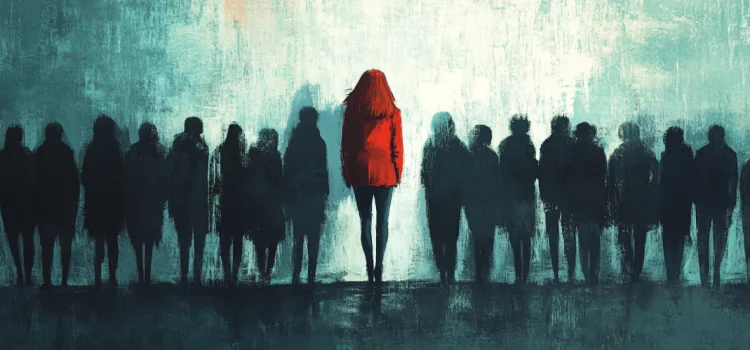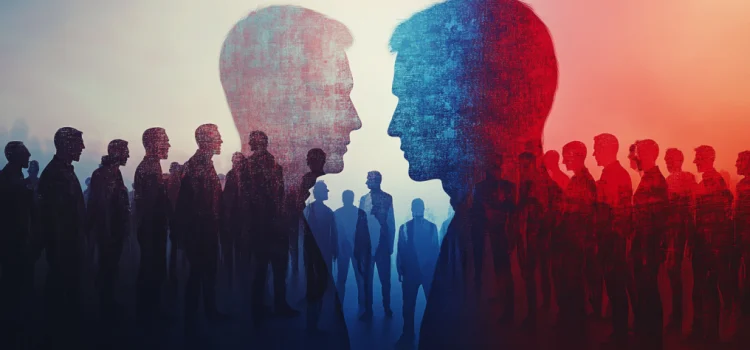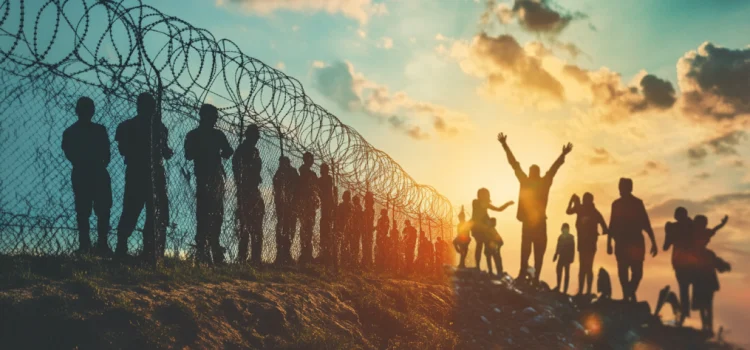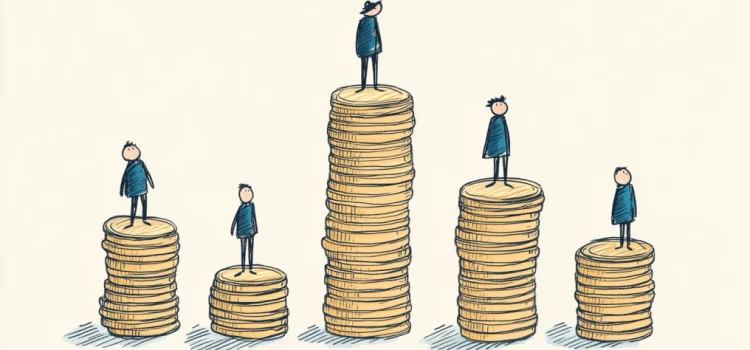What is a true believer? What types of people are most susceptible to joining mass movements? In his book The True Believer, Eric Hoffer explores the psychology behind mass movements and their followers. He identifies several groups of people who are particularly drawn to these causes, including the marginalized, the unfulfilled, the guilt-ridden, and the self-interested. Read more to dive deeper into Hoffer’s insightful analysis of what makes a true believer.
What Is a True Believer? 4 Types Drawn to Mass Movements



